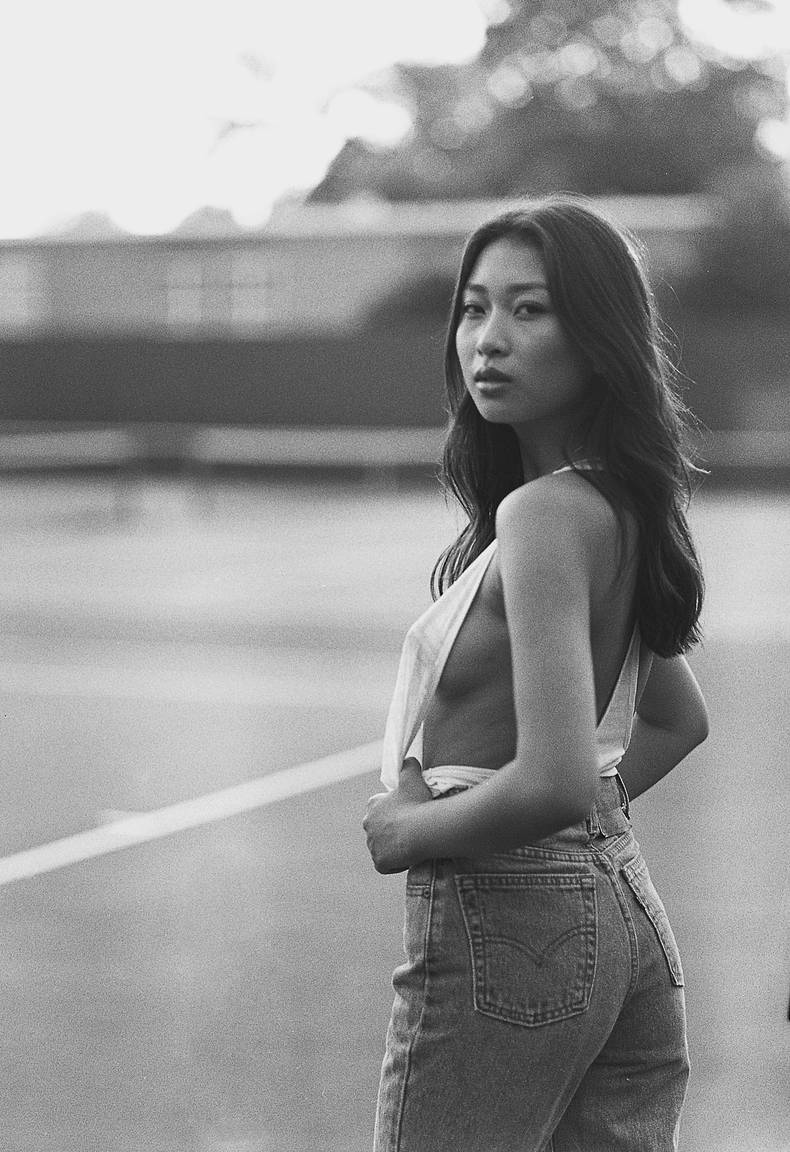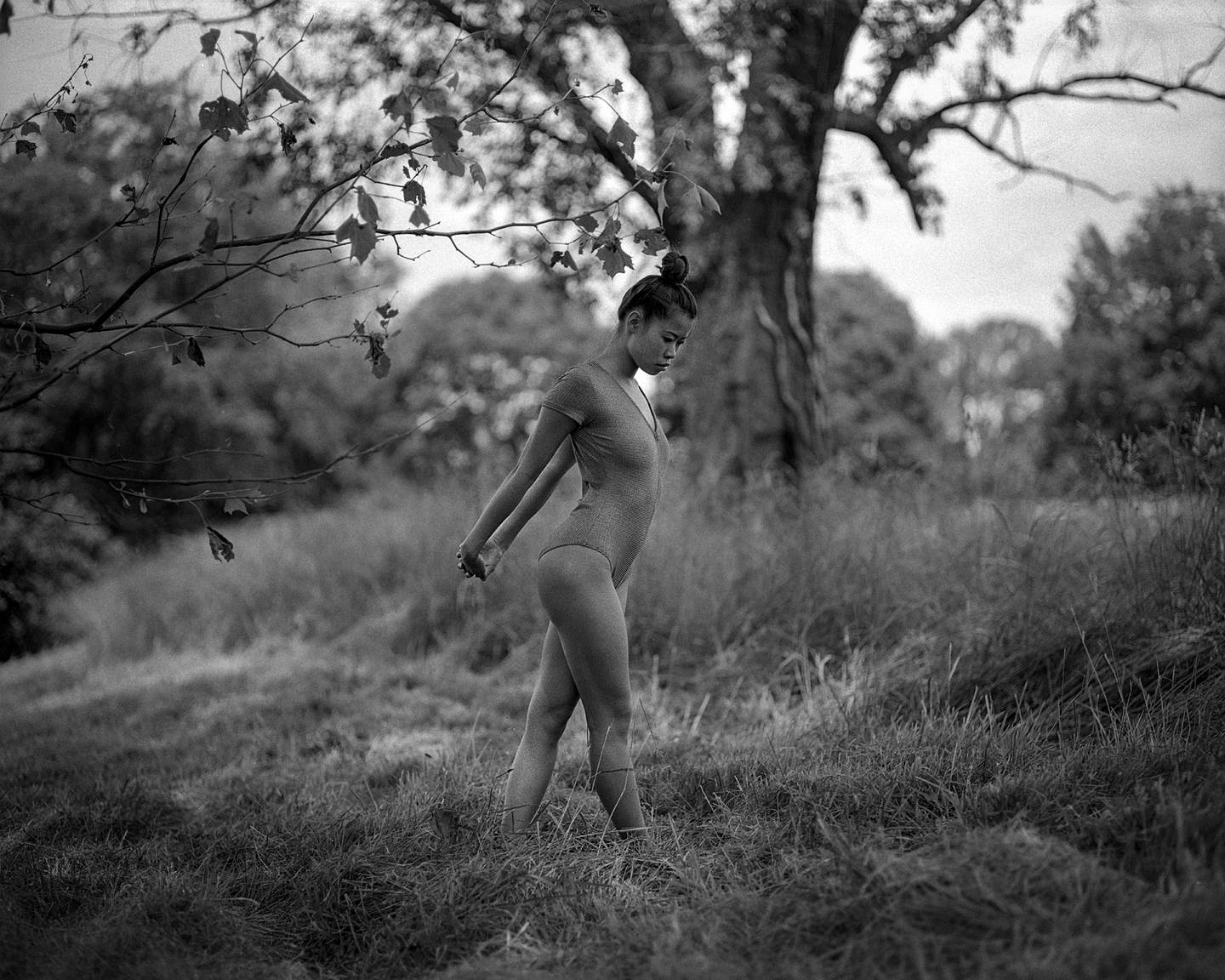Capturing Women's Essence: An Interview With Ramon Jamar
8 Share Tweet"Women are art in my eyes. It’s the diversity of a woman that truly inspires me and influences the images I create," explains an inspiring film photographer Ramon Jamar. We were stunned with his black and white photography and the way he portrays women reflects how much they spark his imagination and creative thinking. In this interview, Ramon reveals what made him fall in love with photography as well as why he decided to give film a shot.

When was the moment you realized photography was something you wanted to pursue? How did it all start?
It was a somewhat of a slow courtship over the past five years. I’ve always been interested in photography, but from an observers point of view. I’d find myself browsing the pages of photo books in stores and occasionally buying one for the house. But while working in Afghanistan I came across the documentary online, “Finding Vivian Maier,” and I was just blown away by her story and her images. It made me want to buy a real camera and capture images during my travels. I started out shooting digital but quickly moved over to film.
You enjoy taking beautiful portraits of women. What is it about women that spark your creative thinking?
Women have inspired both male and female artist for centuries. If we look throughout history women have often defined art, they fuel creativity and imagination; whether it be in film, poetry, or music. I don’t consider myself an artist. However, women are art in my eyes. It’s the diversity of a woman that truly inspires me and influences the images I create. A woman can be strong yet willing expose her vulnerabilities; mysterious, yet wear her emotions on her sleeve for all to see.
What attracted you specifically to portrait photography? In your opinion, what makes a memorable portrait?
Creating portraits gives me the opportunity to connect with people. I think it’s the process of shooting the portrait that I most enjoy; getting to know my subject. When I photograph people often it’s just one-on-one. I rarely work with a team as I prefer a more natural visual aesthetics.
There’s something special about two strangers coming together to bring a vision to life. What makes a memorable portrait for me? It’s when both the photographer and subject can convey a raw emotion within the image. I love street and documentary photography, and I love when a portrait can express that same spontaneous emotion.
When you are out there capturing photos of people, how much of it is planned? Or you try to be spontaneous and rely on your instincts?
When I’m shooting with a client, there is some planning involved…But I leave a lot of wiggle room for change. I’ll set the overall mood of the shoot; but remain flexible and allow the environment, light, or even the vibe between the subject and me to inspire a change of direction.
I’ve recently started shooting street portraits, which can be intimidating, to say the least. Unlike with a client, these images are spontaneous. I often try to capture people or scenes without disrupting anything or anyone. But then there are those times; I work up the courage to stop people on the street and ask to take their portrait.
You are a film photographer which means you are the right person to ask: why film? What are the benefits of shooting analog?
To be honest, I got tired of trying to make my digital images look like film. When I realized film photographers created most of the photos I liked on social media, I wanted to achieve that look in my images. So I’d use presets to emulate the look of film, but it never felt right. I figured since I like the look of film, why not try my hand at shooting film.
I think the film makes me a better photographer; not because the format is better or worse than digital, but because the process of shooting film works best for me. And at the end of the day, a photographer should use the tools that work best for him or her to achieve their vision.
The benefits of shooting film are probably its limitations. I think it was Orson Welles who said, “The enemy of art is the absence of limitations.” When you shoot film, there is no preview screen, and often you’re limited in the number of shots you can take. You’re forced to slow down a bit and think about each shot. These limitation allows you more time to interact with your subject and can push you creatively.
What excites you the most when you are about to get your picture developed?
I often wait up to two weeks before I develop the film; it allows me some time to disconnect emotionally from the session a bit. But I love the process; I feel completely in control of the creation of my images from beginning to end.
If you would have only one roll of film left in this world, what would you use it for?
I’d photograph the people who mean the most to me.
What usually goes through your mind when you are about to press the shutter button on your camera?
Since I shoot mostly medium format film, I only have 10-12 shots per roll and I usually only shoot 5-7 rolls per session. So there are a lot of things that cross my mind before pressing that button. But that last thing I look at before I release the shutter is my subject’s eyes; it’s almost always about the eyes.
Can you tell us what's a day like in the life of Ramon Jamar when he is not photographing?
I am a happily married man and an incredibly proud father, so my typical day is consumed with being the very best husband/father that I can be. Being present is important to me; I don’t take my work home with me. When I get home, I try to stay away from TV and social media and just be engaged with the family. I can’t sit still, so I’m the one always suggesting some activity.
All photographs shown in this article were used by the permission of Ramon Jamar. If you want to see more of his work, follow Ramon on Instagram.
written by Ivana Džamić on 2017-08-26 #people #analog #film #blackandwhite #portrait-photography



































No Comments